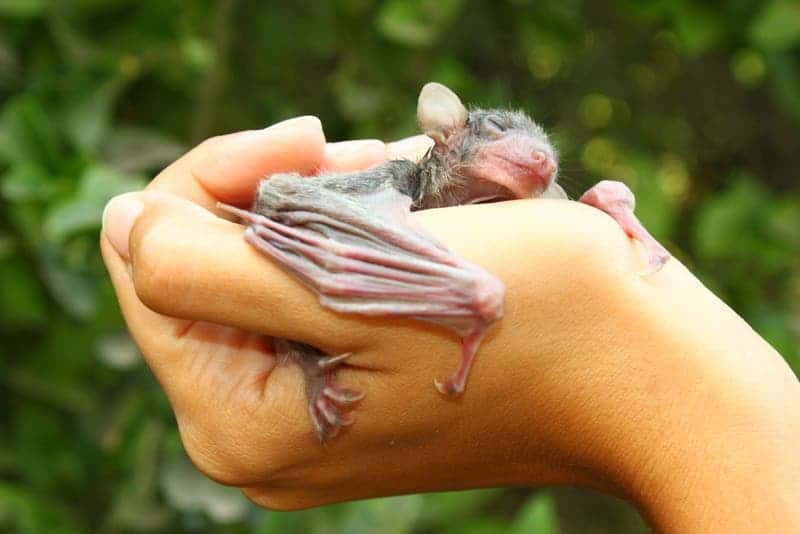A new algorithm has analyzed fruit bat squeaks, and it came to the conclusion that they discuss with each other much like you and I do.

The new study was conducted by Prof. Yossi Yovel of the Department of Zoology at the Tel Aviv University in Israel. He recorded the sounds emitted by 22 Egyptian fruit bats over the course of 75 days, creating a database of 15,000 vocalizations.
“When you enter a bat cave, you hear a lot of ‘gibberish,’ a cacophony of aggressive bat noise — but is this merely ‘shouting’ or is there information amid the noise?” said Prof. Yovel. “Previous research presumed that most bat communication was based on screaming and shouting. We wanted to know how much information was actually conveyed — and we wanted to see if we could, in fact, extract that information.”
The first thing they found was that the sounds aren’t random – it isn’t just a mixed up cacophony, there are discernible patterns for bat sound making. Researchers managed to group about 60% of all sounds into four categories, the rest of the 40% being yet unclear.
Most of the 60% are arguments. Most commonly, bats argue about food – this was the most common type of sounds. But bats also argue about their position in the sleeping cluster. Another type of argument was bats protesting that other bats got too close to them. Lastly, the fourth category represented males making unwanted mating advances – nature’s love spam. The success of the study surprised even the researchers themselves, who weren’t expecting to come across such a trove of valuable information. The researchers emphasized that aside from humans, only a handful of other species are known to address individuals rather than making broad communication sounds.
“We generated a massive amount of data — dozens of calls over three months,” said Prof. Yovel. “We have found that bats fight over sleeping positions, over mating, over food or just for the sake of fighting. To our surprise, we were able to differentiate between all of these contexts in complete darkness, and we are confident bats themselves are able to identify even more information and with greater accuracy — they are, after all, an extremely social species that live with the same neighbors for dozens of years.”
Aside from helping us understand bats in a different light, the study could shed some light on communication itself. This type of study is becoming more popular and interesting with the development of machine learning. Complex algorithms can identify the patterns and split the sounds into groups which biologists can then interpret.
“Studying how much information is conveyed in animal communication is important if you’re interested in the evolution of human language,” said Prof. Yovel. “Specifically, one big unknown in the world of animal communication is their grasp on semanticity — i.e., when you hear the word ‘apple’ you immediately imagine a round, red fruit. We found, in our research, that bat calls contain information about the identities of the caller and the addressee, which implies that there is a recognition factor. We were also able to discern the purpose and the context of the conversation, as well as the possible outcome of the ‘discussion.'”
Continuing this study, they now want to figure out if this communication is something instinctive and bats are born with it, or if it is learned in a cultural fashion.
Journal Reference: Yosef Prat, Mor Taub, Yossi Yovel. Everyday bat vocalizations contain information about emitter, addressee, context, and behavior. Scientific Reports, 2016; 6: 39419 DOI: 10.1038/srep39419


